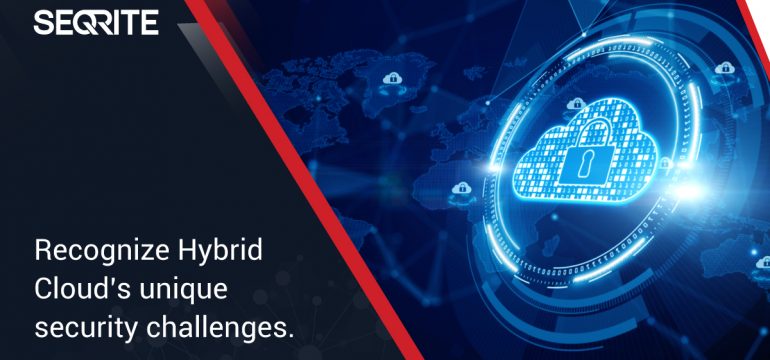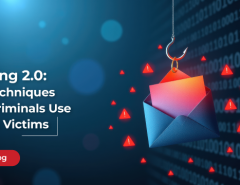The hybrid cloud model is fast becoming the environment of choice for enterprises. The reasons are simple: this model offers a seamless mix of convenience and security. Chief Information Officers appreciate the convenience of hybrid cloud models, offering organizations the ability to keep critical and important data on existing infrastructure while using the power of the cloud to drive greater collaboration and productivity.
IDC, the leading global market intelligence firm, recently predicted that 2021 would be the year of the multi-cloud. According to the report, over 90% of enterprises worldwide will be relying on a mix of on-premises/dedicated private clouds, multiple clouds and legacy platforms to meet their infrastructure needs by 2022. Gartner suggested that organizations adopting hybrid infrastructure would be able to enjoy the benefits of optimized costs and increased efficiency.
However, with its many benefits, a hybrid cloud model also brings with it various security challenges such as compliance & data protection requirements, migration issues and the risk of data leakage. At Seqrite, we have previously written about the key elements that an enterprise must consider before investing in cloud security competency. To reiterate, the cloud can provide a transformational effect on enterprises in the new normal but for that to happen, it needs to be backed up by strong and secure mechanisms.
An increased attack surface
Hybrid cloud environments invariably lead to an extension of the attack surface. An organization has to integrate various applications and other services within this environment for the most efficient usage. But this interconnectedness also means that if there’s a threat, it could quickly spread across the organization.
The number of apps is also likely to increase when operating in a hybrid cloud environment. In recent research, it was reported that 70% of apps in common use may have security flaws. This information should not be a deterrent for an enterprise to move towards hybrid cloud models but should be a reminder. Increased attack surfaces can be mitigated by ensuring visibility and transparency within the entire network.
Dealing with compliance issues
Compliance remains a key stumbling block for organizations when we consider hybrid cloud models. In sensitive sectors like military, healthcare and education, there are extremely strict rules regarding management, storage and utilization of data, keeping the risk of misuse in mind. If these parameters are not met, they could lead to big fines for the organization.
Businesses that are required to be compliant with these regulations have to ensure they have complete visibility about their data storage, collection and utilization methods across the entire cloud platform.
The supply chain must be secure
We have discussed the importance of securing the enterprise from supply chain attacks. It is important to understand that supply chains become even more pronounced when we talk about hybrid cloud environments. The invisible wall between a supply chain and an enterprise vanishes in a cloud environment and hence, it becomes more difficult to identify traffic entering and leaving the network.
The supply chain can often be the weak link that can lead to incursions. To manage such a situation, cybersecurity teams must conduct thorough risk assessments and have in place a proper migration strategy.
Stay safe while unlocking the power of the cloud. Deploy Seqrite’s powerful range of enterprise security solutions such as Endpoint Security (EPS), Endpoint Security Cloud, Endpoint Encryption Manager and Cloud Security to plug all loopholes while adopting to a hybrid cloud environment.




